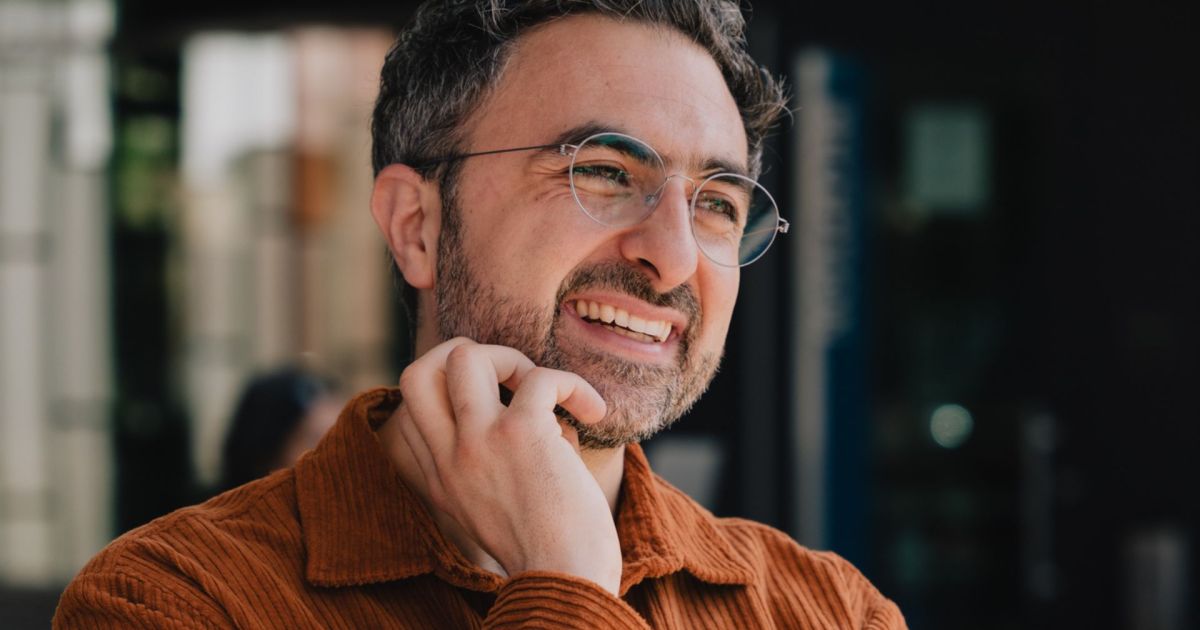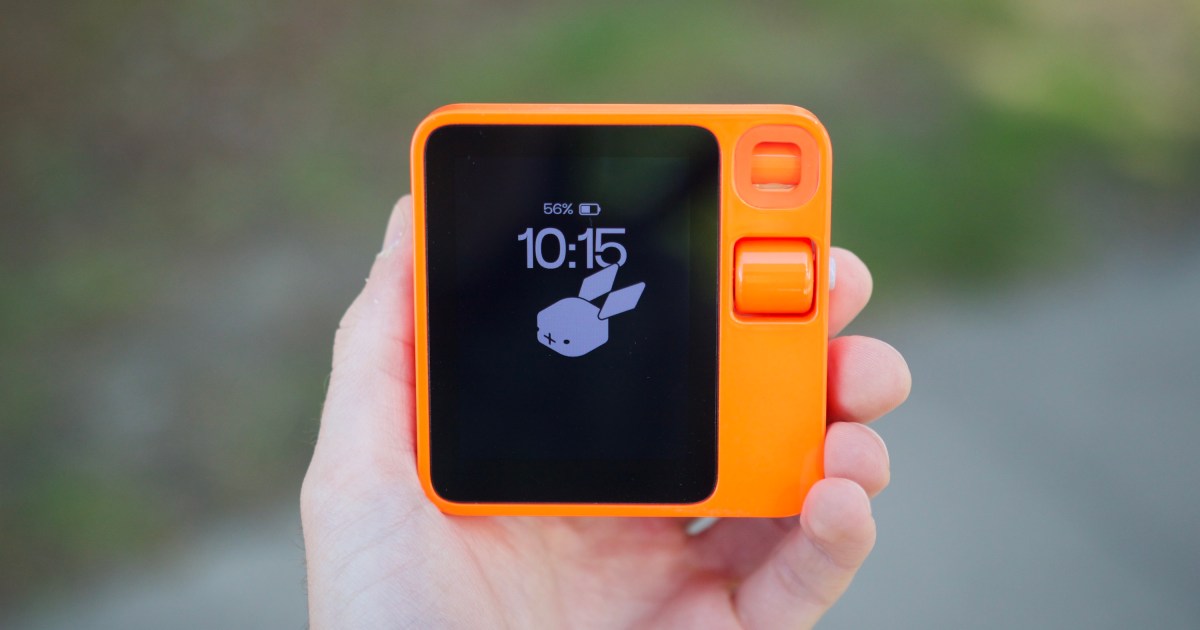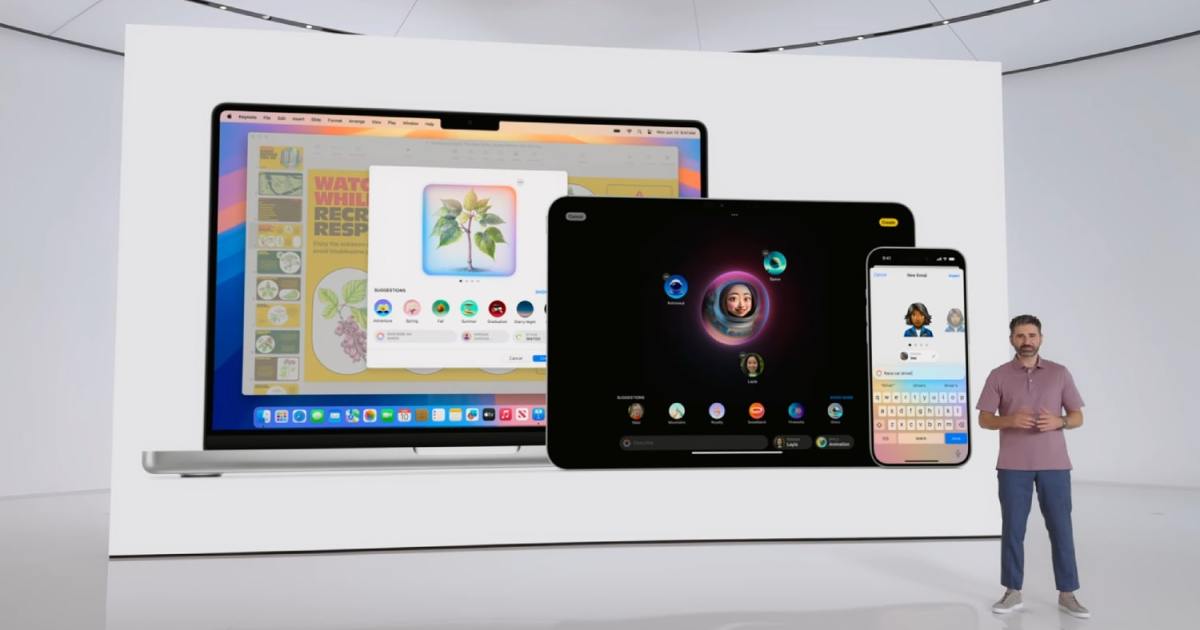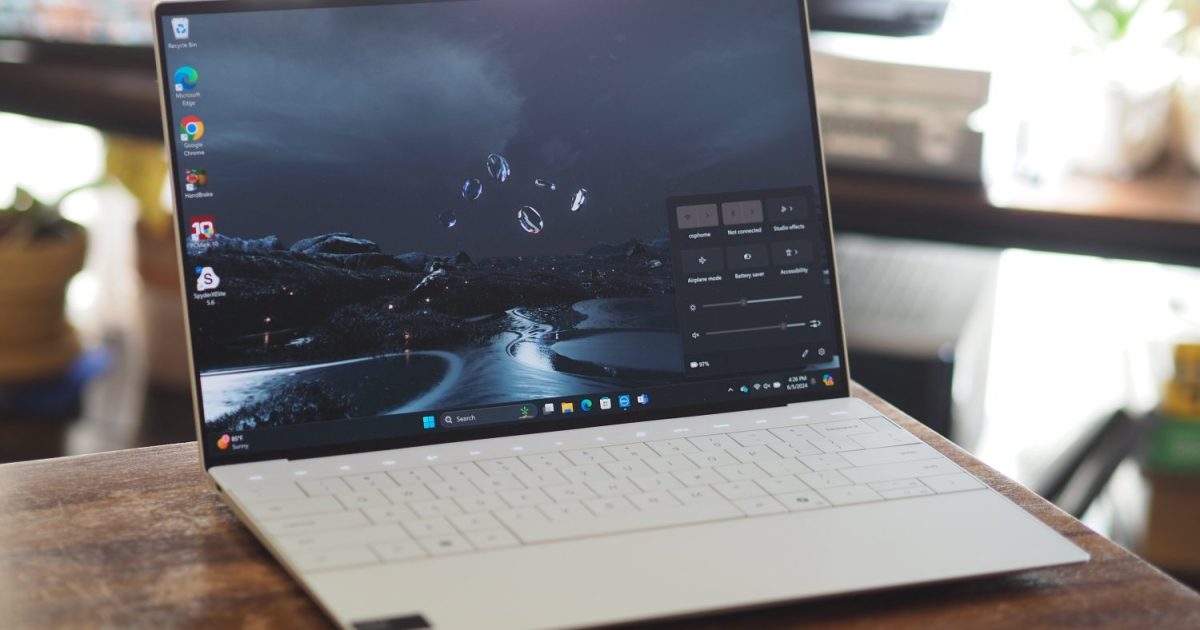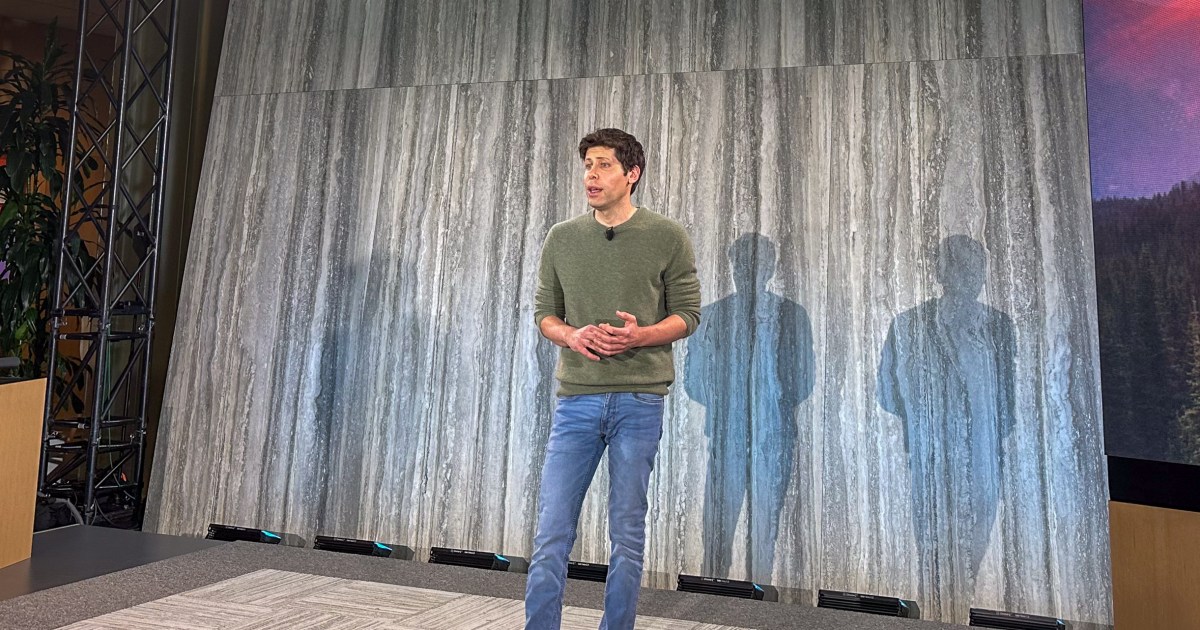Recent discussions surrounding the development of next-generation large language models (LLMs) like GPT-5 and beyond have generated significant interest and speculation. An interview with Microsoft AI CEO Mustafa Suleyman provides some intriguing insights into the potential capabilities of these future models, specifically GPT-6.
Suleyman, in conversation with AI and tech investor Seth Rosenberg, addressed the challenges in developing truly autonomous AI agents. He highlighted the difficulty in achieving consistent and nuanced instruction following over extended periods and in diverse environments. Suleyman suggests that achieving this level of autonomy will require a substantial increase in computational power, not just for GPT-5, but more likely for GPT-6-scale models. He estimates a timeframe of approximately two years before we see systems capable of such sophisticated action-taking.
This timeline contrasts somewhat with recent remarks by OpenAI CTO Mira Murati, who described the progression of LLMs from toddler-level intelligence (GPT-3) to smart high-schooler intelligence (GPT-4), and projected Ph.D.-level intelligence for specific tasks within the next few years. While the exact naming conventions and timelines remain unclear, both Suleyman and Murati seem to be pointing towards a similar significant advancement in LLM capabilities. The question remains whether GPT-5 will be an interim step later this year, or if we’ll have to wait two years for the substantial leap represented by GPT-6.
Suleyman further discussed the potential risks associated with fully autonomous AI, expressing his view that such autonomy could be undesirable and even dangerous. He emphasized the potential hazards of agents capable of independent planning, goal setting, and resource acquisition. He envisions a future with “narrow lanes of autonomy,” where AI agents operate within tightly defined boundaries while performing specific tasks requiring reasoning and planning. He believes regulation will play a crucial role in mitigating potential risks.
Currently, Suleyman is involved in refining OpenAI models at Microsoft, focusing on aspects like memory and personalization within the Copilot framework. His extensive background in AI, as co-founder and former head of AI at DeepMind (later acquired by Google), adds considerable weight to his perspectives.
While the precise release date of GPT-5 remains uncertain, the rapid evolution of OpenAI’s ecosystem, including multimodal integrations like Apple Intelligence and low-latency voice chat, suggests a dynamic and expanding focus. Recent acquisitions also hint at further developments in the PC and desktop realm. Only time will tell when and how these advancements will materialize in the form of GPT-5 or GPT-6.



